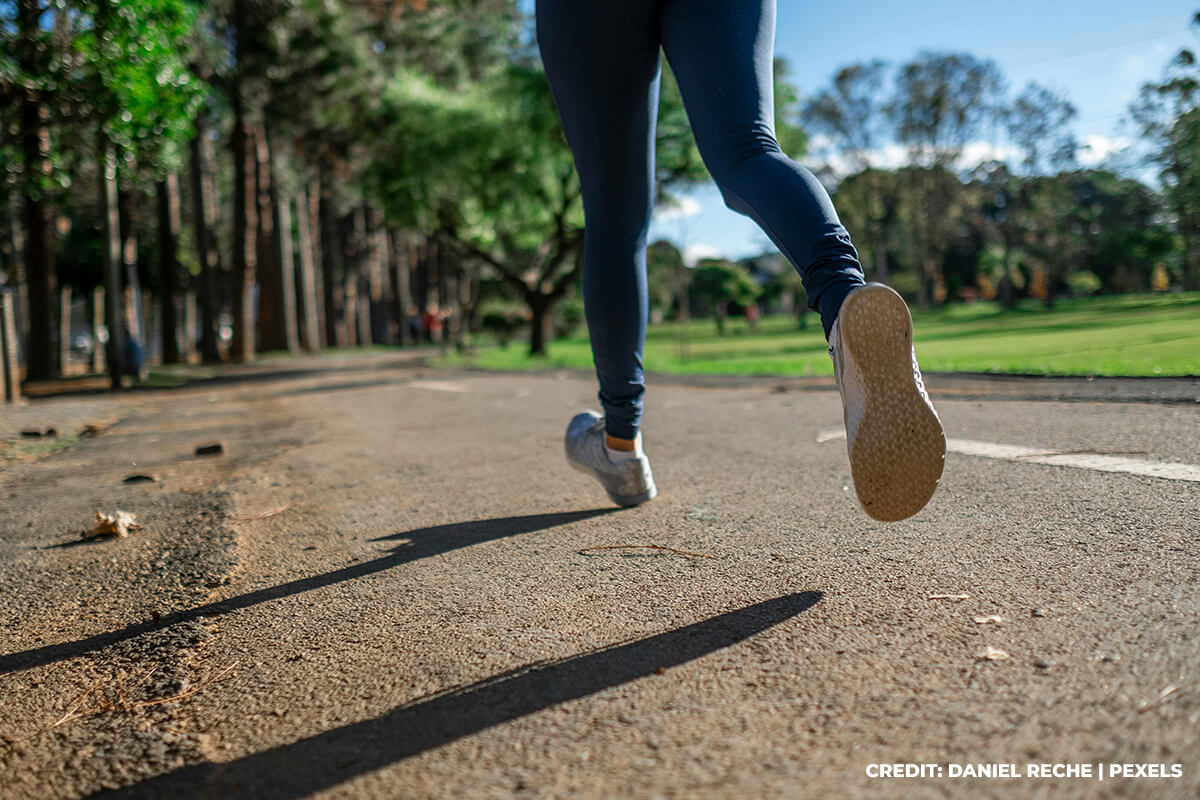
Cuboid syndrome is a lesser-known but painful condition affecting the foot, specifically the cuboid bone, one of the seven tarsal bones in the midfoot. Often caused by repetitive strain, injury, or misalignment, cuboid syndrome can lead to discomfort, reduced mobility, and difficulty performing daily activities. For those seeking non-invasive treatment options, chiropractic care and physiotherapy offer promising solutions. This article explores the potential of these therapies in managing cuboid syndrome, delving into their mechanisms, benefits, and practical applications.

Cuboid-Syndrome-An-Overview
Cuboid Syndrome: An Overview
Cuboid syndrome occurs when the cuboid bone becomes subluxated (partially dislocated) or misaligned, often due to trauma, overuse, or biomechanical issues such as flat feet or improper footwear. Symptoms include lateral foot pain, swelling, difficulty walking, and tenderness around the cuboid area. Athletes, particularly runners and dancers, are at higher risk due to repetitive stress on the foot. Diagnosis can be challenging, as symptoms mimic other conditions like stress fractures or peroneal tendonitis, but a thorough clinical evaluation by a healthcare professional can confirm the condition.
The cuboid bone plays a critical role in foot stability and movement, acting as a pulley for tendons and supporting the lateral column of the foot. When misaligned, it disrupts normal foot mechanics, leading to pain and dysfunction. Left untreated, cuboid syndrome can cause compensatory issues in the ankle, knee, or lower back, making early intervention essential.
The Role of Chiropractic Care in Managing Cuboid Syndrome
Chiropractic care focuses on restoring proper alignment and function to the musculoskeletal system, making it a natural fit for addressing cuboid syndrome. Chiropractors use hands-on techniques to manipulate the cuboid bone back into its proper position, relieving pressure on surrounding tissues and restoring normal foot mechanics.
Chiropractic Manipulation Techniques
One of the primary chiropractic interventions for cuboid syndrome is the cuboid whip manipulation. This technique involves a quick, controlled thrust to reposition the cuboid bone. The procedure is typically painless and provides immediate relief for many patients. Chiropractors may also perform adjustments to the ankle, midfoot, or lower spine to address compensatory misalignments caused by altered gait patterns.
Complementary Chiropractic Approaches
In addition to manipulations, chiropractors may employ soft tissue therapies, such as myofascial release or massage, to reduce tension in the peroneal muscles and tendons that interact with the cuboid bone. Custom orthotics or taping may be recommended to support the foot and prevent recurrence. By addressing the root cause of the misalignment, chiropractic care not only alleviates symptoms but also promotes long-term foot health.
Benefits of Chiropractic Care
Chiropractic treatment is non-invasive, drug-free, and tailored to the individual’s needs. It can provide rapid pain relief, improve mobility, and reduce the risk of future injuries. For patients wary of surgical options or prolonged recovery periods, chiropractic care offers a practical and effective alternative.
How Physiotherapy Supports Cuboid Syndrome Recovery
Physiotherapy complements chiropractic care by focusing on rehabilitation, strengthening, and prevention. Physiotherapists design individualized treatment plans to address the underlying causes of cuboid syndrome, improve foot function, and prevent recurrence.
Physiotherapy Techniques for Cuboid Syndrome
Physiotherapists use a variety of techniques to manage cuboid syndrome. Manual therapy, such as joint mobilizations, helps restore cuboid alignment and improve joint mobility. Soft tissue techniques, including massage or trigger point therapy, reduce muscle tightness and inflammation. Therapeutic taping or strapping may be used to stabilize the cuboid and support the foot during healing.
Exercise and Rehabilitation
A cornerstone of physiotherapy is therapeutic exercise. Patients may be prescribed specific stretches and strengthening exercises to improve flexibility and stability in the foot and ankle. For example, calf stretches can reduce tension on the peroneal tendons, while intrinsic foot muscle exercises enhance arch support. Balance and proprioception training, such as standing on one leg or using a wobble board, can improve coordination and prevent future injuries.
Education and Prevention
Physiotherapists educate patients on proper footwear, gait mechanics, and activity modification to minimize stress on the cuboid bone. For athletes, this may include advice on training surfaces or techniques to reduce repetitive strain. By empowering patients with knowledge and tools, physiotherapy fosters long-term recovery and resilience.
Benefits of Physiotherapy
Physiotherapy promotes holistic recovery by addressing both symptoms and contributing factors. It enhances strength, flexibility, and coordination, reducing the likelihood of recurrence. For patients with chronic or recurrent cuboid syndrome, physiotherapy provides a structured path to sustainable foot health.

Combining-Chiropractic-Care-and-Physiotherapy-for-Optimal-Outcomes
Combining Chiropractic Care and Physiotherapy for Optimal Outcomes
While chiropractic care and physiotherapy are effective individually, their combination can yield superior results for cuboid syndrome. Chiropractic manipulations address immediate misalignments, providing quick pain relief, while physiotherapy focuses on long-term rehabilitation and prevention. Together, they offer a comprehensive approach that tackles both the symptoms and root causes of the condition.
Integrated Treatment Plans
At clinics like Davisville Yonge Clinics, chiropractors and physiotherapists often collaborate to create integrated treatment plans. For example, a patient may receive chiropractic adjustments to realign the cuboid bone, followed by physiotherapy sessions to strengthen the foot and improve biomechanics. This multidisciplinary approach ensures that all aspects of the condition are addressed, from acute pain to functional restoration.
Who Can Benefit from These Therapies?
Chiropractic care and physiotherapy are suitable for a wide range of patients with cuboid syndrome, from athletes to individuals with sedentary lifestyles. Those experiencing lateral foot pain, difficulty walking, or recurrent ankle sprains may find relief through these therapies. However, patients with severe fractures, infections, or systemic conditions should consult a medical professional to rule out contraindications.
Early intervention is key to preventing chronic issues, so individuals noticing symptoms should seek professional care promptly. Clinics with expertise in musculoskeletal conditions, such as Davisville Yonge Clinics, can provide tailored assessments and treatment plans to meet each patient’s needs.
Seek Professional Help
Cuboid syndrome can be a debilitating condition, but chiropractic care and physiotherapy offer effective, non-invasive solutions for managing symptoms and promoting recovery. Chiropractic manipulations restore proper alignment, while physiotherapy strengthens and stabilizes the foot, creating a powerful combination for both immediate relief and long-term health. By addressing the condition holistically, these therapies empower patients to regain mobility and prevent future injuries.
If you’re struggling with foot pain or suspect cuboid syndrome, don’t wait to seek help. Contact Davisville Yonge Clinics at 416-481-6100 to schedule a consultation with our experienced chiropractors and physiotherapists. Take the first step toward pain-free movement today!